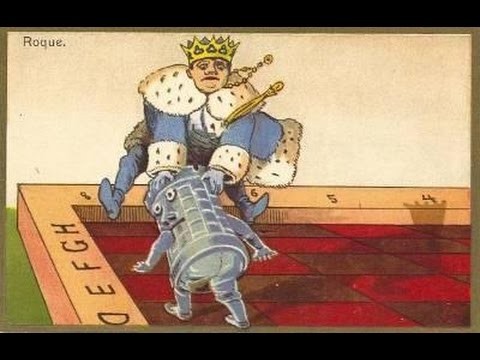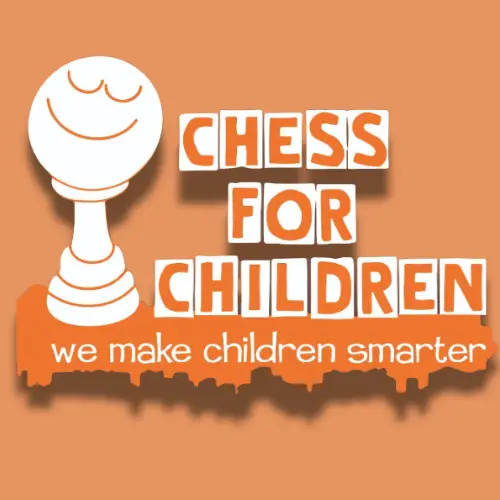Castling in Chess
Hello Chess for Children Kids! This is NM Mr. C and today we are going to talk about castling. We are going to lightly touch on the what , where, why, when and how of to castle in chess.
What is it?
Wikipedia defines it like this:
Castling is a move in the game of chess involving a player’s king and either of the player’s original rooks. It is the only move in chess in which a player moves two pieces in the same move, and it is the only move aside from the knight’s move where a piece can be said to “jump over” another.
When can you Castle?
You can castle if:
- The King did not move
- You didn’t move your Rook
- There is nothing between your King or Rook
- The King doesn’t end up in check
- His Majesty doesn’t pass through a check
- He isn’t in check.
Why Should We do it?
There are 6 reasons why we should castle:
- It makes our King safe
- We get to move 2 pieces at once
- Our King gets to jump over something
- The King gets to move 2 squares
- The Rooks get connected
- Our Rook gets to jump over things
Are there times we should’nt do it?
Yes, we should consider posponing castling if any of these situations arise:
- When some other action is more useful. Like winning material.
- It could be postponed if is too dangerous
- If we can castle on both sides and it depends on our opponent which side would be better for us
- We might postpone it if the center is blocked.
- An endgame is reached and it is irrelevant.
The History of Castling
This special move was the last move added to the rule of chess as we play it now.
Its history is explained in this very nice article.
Castling Video

If you like our stuff why not become a member. You would make our minions very happy if you just click here.


